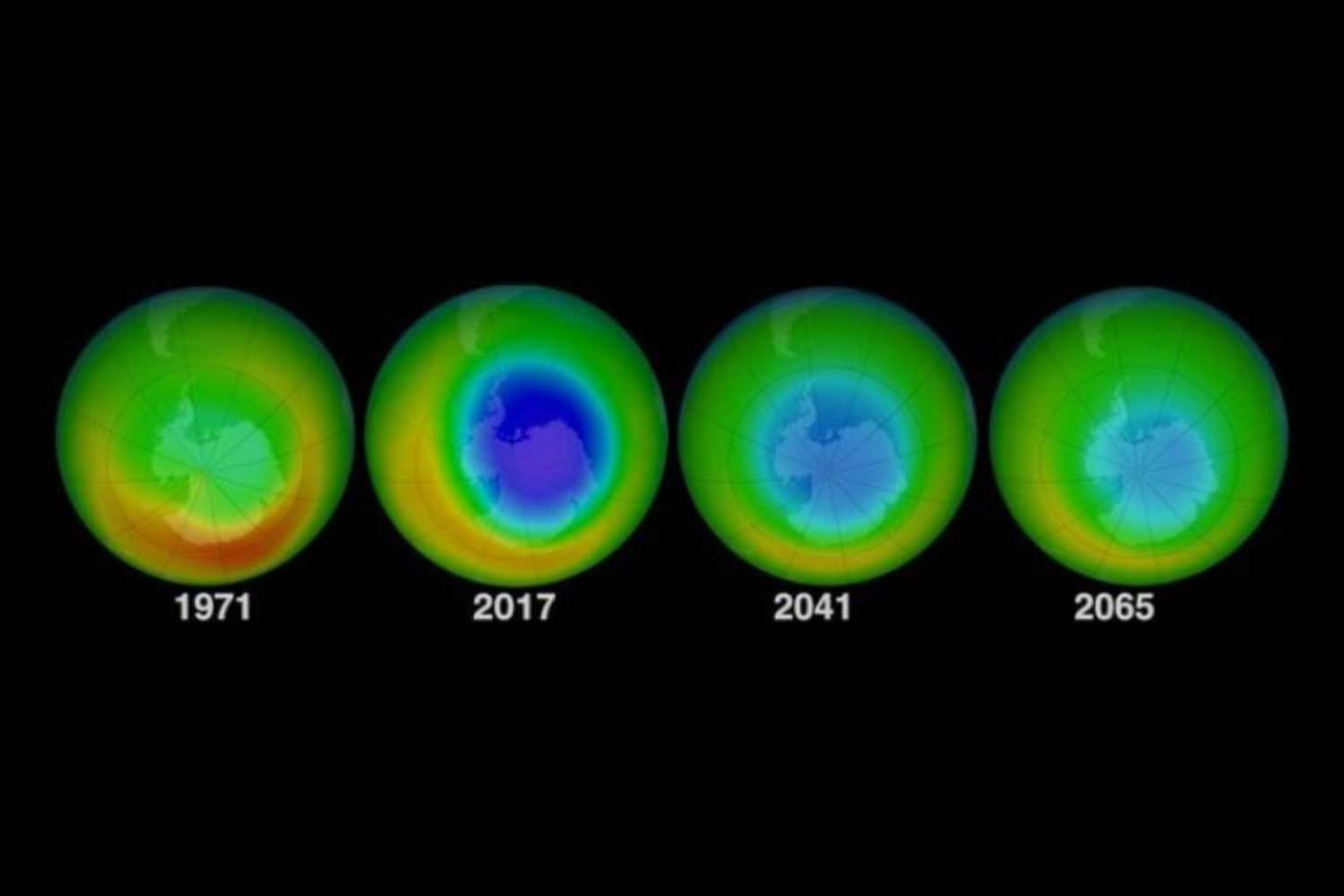The Earth is in crisis, but there’s still hope — as shown by our past victory over the ozone hole. World Environment Day reminds us it’s time to act, together.

@NASA
Things are dire. The Earth is struggling to breathe. But there’s still a sliver of hope — and history shows us we’ve been here before, and we’ve managed to make a difference.
World Environment Day, established by the United Nations in 1972, isn’t just another international observance. Celebrated each year on June 5, it’s a rare moment of global reflection. It’s a chance to pause and ask not only what we haven’t yet done to protect our planet, but also — and more urgently — what we must do now, together.
Scientists and activists have been sounding the alarm for decades. That window of opportunity to act? It’s closing.
“The climate time bomb is ticking,” said UN Secretary-General António Guterres, referencing one of the most recent IPCC (Intergovernmental Panel on Climate Change) reports. “Humanity is on thin ice — and that ice is melting fast. Human beings are responsible for almost all of the global heating over the last 200 years.”
He isn’t being dramatic. Over a century of unchecked fossil fuel use, reckless energy consumption, and poor land management has pushed global temperatures up by 1.1°C (1.98°F) above pre-industrial levels. That critical 1.5°C (2.7°F) threshold is within frightening reach. We’re already seeing the fallout — more extreme weather events, more floods, more tornadoes. And about half the world’s population now lives in areas highly vulnerable to the effects of climate change.
In the last decade alone, climate-related deaths from floods, droughts, and storms have been 15 times higher in these regions, according to the IPCC.
The science is grim, but giving up is not an option
Yes, the data paints a bleak picture. But surrender is not a strategy. Despair leads nowhere — except to inaction. What we need is a coordinated global effort across governments, businesses, and individuals to hold that 1.5°C line.
The keyword is connection — not just between people and nature, but across borders, industries, and communities.
To have even a chance, we’ll need to cut greenhouse gas emissions by 43% by 2030, and by 60% by 2035, according to IPCC scientists. The goal? Net-zero emissions by mid-century.
How do we get there? First, we must move beyond the fossil fuel era. That means investing in sustainable mobility, ramping up renewable energy, and changing the way we consume — food and everything else — in more ethical, responsible ways. Waste reduction is no longer optional. It’s essential.
How the ozone hole became a blueprint for climate success
If all this sounds too ambitious, remember this: we’ve done it before.
Take the ozone crisis. For years, the so-called “ozone hole” was one of the gravest threats facing humanity. But today, that crisis has largely receded.
In early 2023, the UN confirmed a slow but steady recovery of the ozone layer. According to their estimates, it’s on track to fully heal by 2040 in most of the world, by 2045 over the Arctic, and by 2066 over the Antarctic.
That good news didn’t happen by accident. It was the result of bold, coordinated action, starting in 1987, when UN member states signed the Montreal Protocol, banning chlorofluorocarbons (CFCs) — the chemicals primarily responsible for ozone depletion.
But the road to that historic agreement was anything but smooth. DuPont, then a global leader in CFC production, fought back hard. It actively tried to undermine the scientific consensus about the dangers of those compounds, which had been used since 1928 in refrigerators, and later in paint, pesticides, packaging, and solvents.
The company launched a campaign to discredit the science. But in the end, facts — and public pressure — prevailed over corporate profits and disinformation.
Today, the Montreal Protocol remains the only UN treaty ratified by every single member nation.
“The action on ozone sets a precedent for climate action,” said Petteri Taalas, Secretary-General of the World Meteorological Organization. “Our success in phasing out ozone-depleting chemicals shows us what can — and must — be done urgently to abandon fossil fuels, reduce greenhouse gases, and limit temperature rise.”
What the ozone layer can teach us about climate change
The story of the ozone hole is more than just a victory. It’s a roadmap. A reminder that even deep environmental damage can be reversed when science is respected and the world pulls in the same direction.
It tells us that the planet can be saved — but only if we reconnect with it, and with each other. And that will take active, concrete, and collective commitment.
Because this time, the stakes are higher. And the clock is still ticking.
